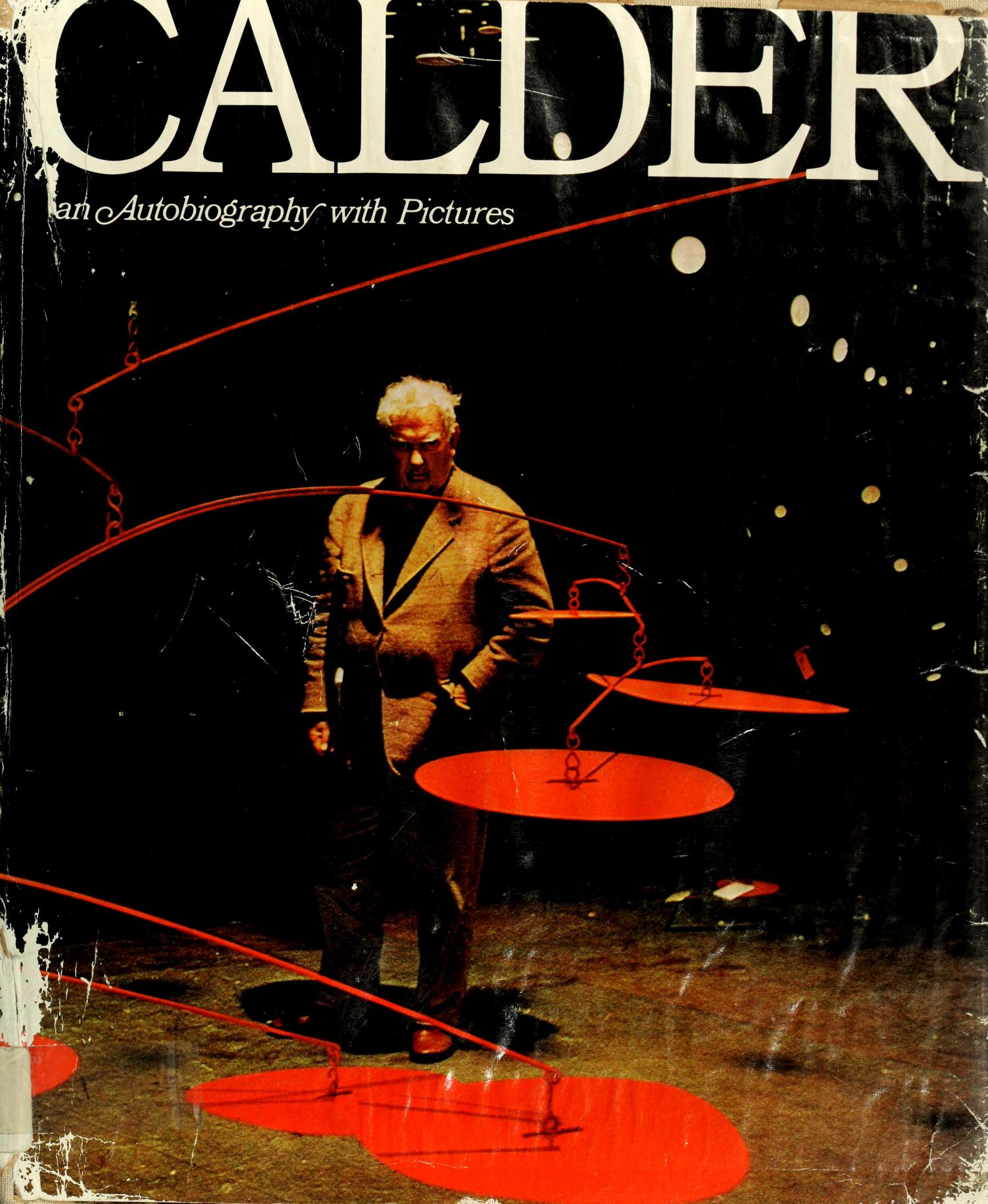Walter Gropius, L. Moholy-Nagy (eds.): Bauhaus Books, 10 vols. (1925–1930) [German]
Filed under book | Tags: · architecture, art, art education, bauhaus, dance, design, drawing, education, film, montage, painting, photography, sculpture, theatre

1. Walter Gropius, Internationale Architektur, 1925, 111 pp.
2. Paul Klee, Pädagogisches Skizzenbuch, 1925, 50 pp.
4. Die Bühne am Bauhaus, 1925, 84 pp.
7. Walter Gropius (ed.), Neue Arbeiten der Bauhauswerkstäffen, 1925, 115 pp.
8. L. Moholy-Nagy, Malerei, Fotografie, Film, 1925/27, 140 pp.
9. Kandinsky, Punkt und Linie zu Fläche: Beitrag zur Analyse der malerischen Elemente, 1926, 190 pp.
10. J.J.P. Oud, Holländische Architektur, 1929, 107 pp.
11. Kasimir Malewitsch, Die gegenstandslose Welt, 1927, 104 pp.
12. Walter Gropius, Bauhausbauten Dessau, 1930, 221 pp.
14. László Moholy-Nagy, Von Material zur Architektur, 1929, 241 pp.
Publisher Albert Langen, Munich, 1925-1930
via Bibliothèque Kandinsky
Download all 10 volumes through Monoskop wiki
Comment (0)Calder: An Autobiography with Pictures (1966)
Filed under book | Tags: · art, biography, circus, kinetic art, puppetry, sculpture

“Born in Philadelphia at the turn of the century, Alexander Calder was the son and grandson of renowned sculptors. Originally trained as an engineer, he turned to art in his twenties. From the early days of his famous wire circus performances all the way into the 1960s, marked by free floating forms of his stabile and mobile sculptures, Calder unfolds the story of his life. With the informality he was loved for, he talks as if he were reminiscing with his friends around a table with a carafe of wine, a loaf of bread, and a cut of cheese in front of them. And like wine, bread, and cheese these memoirs have genuineness, substance, and flavor. Numerous snapshots from his family album, many drawings by himself and his friends, letters, mementos, and a large selection of photographs of his works complete this rare document.” (from the book jacket, edited)
Publisher Pantheon Books, 1966
285 pages
PDF (72 MB, no OCR)
+ Watch Le Cirque de Calder, a film by Carlos Vilardebó, 18 min, 1961, on UbuWeb.
Comment (0)Alex Potts: Flesh and the Ideal: Winckelmann and the Origins of Art History (1994)
Filed under book | Tags: · antiquity, archaeology, art, art history, art theory, biography, enlightenment, sculpture

“Johann Joachim Winckelmann (1717-1768), one of the most important figures ever to have written about art, is considered by many to be the father of modern art history. This book is an intellectual biography of Winckelmann that discusses his magnum opus, History of the Art of Antiquity, in the context of his life and work in Germany and in Rome in the eighteenth century.
Alex Potts analyzes Winckelmann’s eloquent account of the aesthetic and imaginative Greek ideal in art, an account that focuses on the political and homoerotic sexual content that gave the antique ideal male nude its larger resonance. He shows how Winckelmann’s writing reflects the well-known preoccupations and values of Enlightenment culture as well as a darker aspect of Enlightenment ideals–such as the fantasy of a completely free sovereign subjectivity associated with Greek art. Potts explores how Winckelmann’s historical perspective on the art of antiquity both prefigures and undermines the more strictly historicizing views put forward in the nineteenth century and how his systematic definition of style and historical development casts a new light on the present-day understanding of these notions. According to Potts, Winckelmann goes well beyond the simple rationalist art history and Neoclassical art theory with which he is usually associated. Rather, he often seems to speak directly to our present awareness of the discomforting ideological and psychic contradictions inherent in supposedly ideal symbolic forms.”
Publisher Yale University Press, 1994
ISBN 0300087365, 9780300058130
302 pages
via satranc112
Reviews: Christopher Reed (Journal of the History of Sexuality, 1996)
Dorothy Johnson (Eighteenth-Century Studies, 1996)
PDF (27 MB)
Comment (0)
